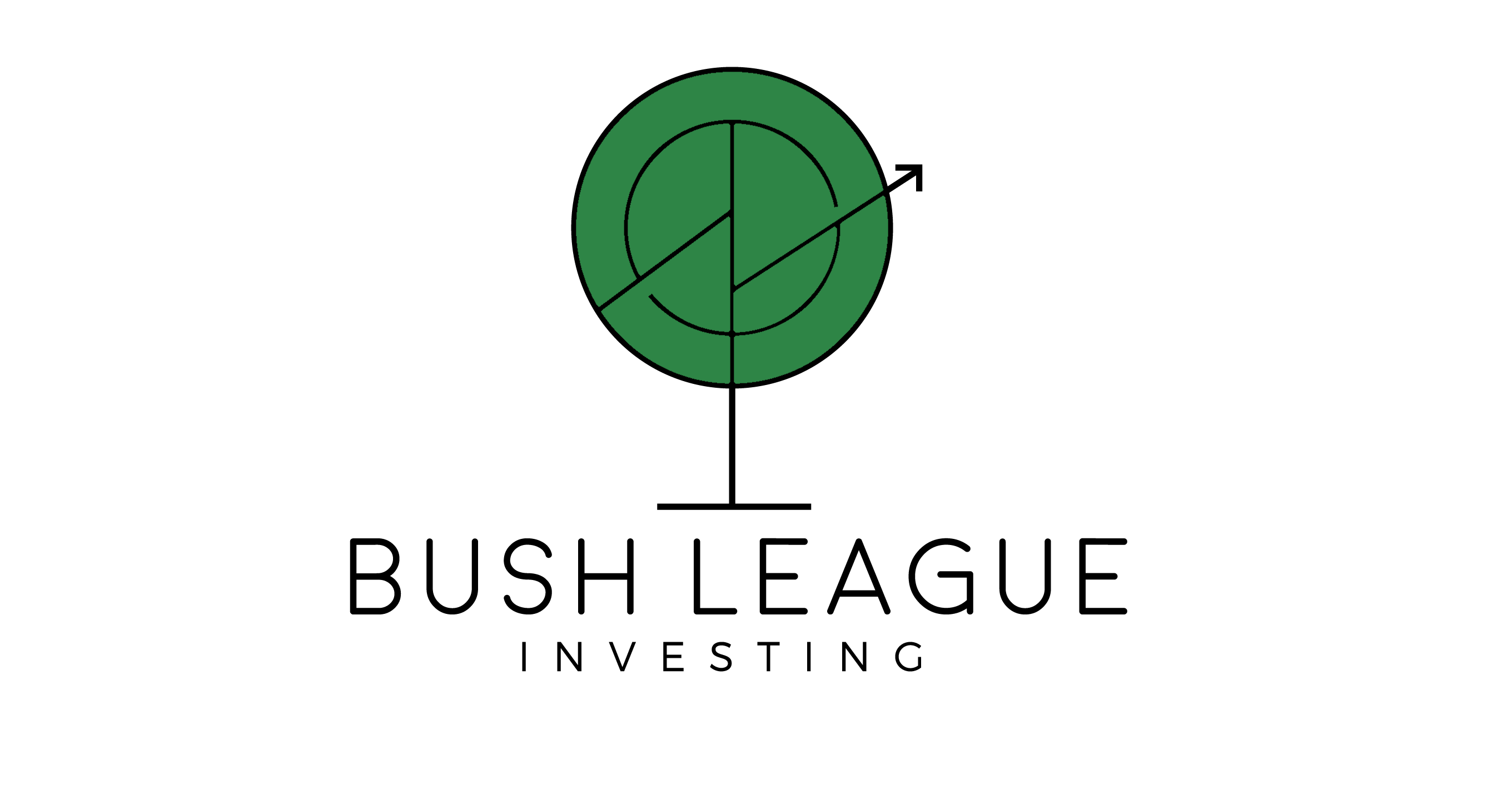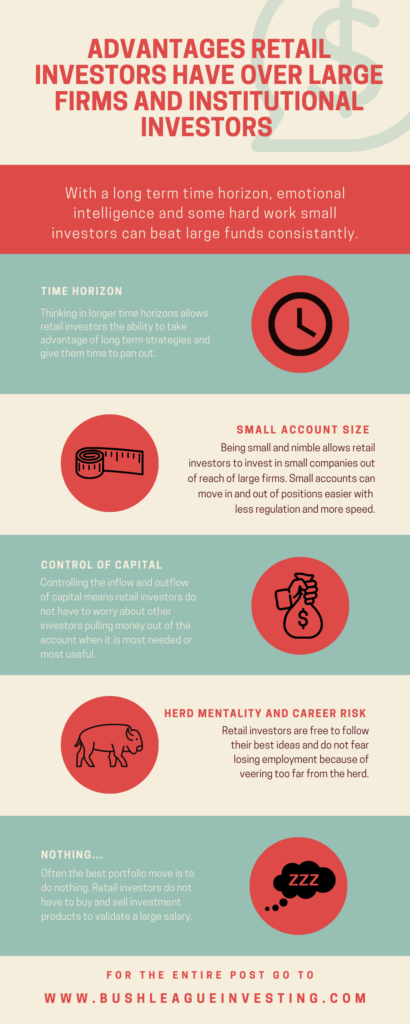
Everyone sees the world through a collection of biases that they have organically created through the sum total of their experiences. Whether implicit or explicit, biases are disproportionate weight placed in favour of or against an idea or thing, usually in a way that is closed-minded, prejudicial, or unfair. These biases work as short cuts that allow the otherwise overloading amount of information we receive to be managed into actionable decisions. The problem is that this can lead us to make mistakes that are quite costly.
Confirmation bias at its most simple is subconsciously favouring information that already aligns with your current thinking.
We don’t see things as they are, we see things as we are.
Anais Nin
Confirmation bias can decimate portfolios. It causes investors to ignore or dismiss information that clearly points to an investment having a low probability of succeeding. It can also cause missed opportunities when the opportunity presented doesn’t match the investor’s worldview.
Gold bugs tend to listen to other gold bugs and dismiss anything current. Crypto investors listen to other hodlers (crypto investors) and ignore anyone that thinks crypto isn’t everything. There are perma bears who have said the entire system is crashing since 1987 and there are people who think the market will never stop accelerating upward.
To combat this bias, it is crucial to listen to opposing ideas; if there are no credible counters to your best ideas, then it is up to you to do the research, create them, and weigh them against current thinking.
I have been burned many times by ignoring information that was counter to what I had already thought. I held on to GOPRO stock way too long despite the growing information showing it wasn’t making money or really on track to.

I have missed out on many other companies because I personally didn’t like the platform or product only to watch them do extremely well.
I somewhat learned this lesson by almost losing a large portion of this portfolio shorting SNAP (through puts). My position did great originally as the stock price tanked and I thought for sure it would go to zero. It became a meaningful part of the portfolio and I was confident I should keep holding. My thinking was that the company was gimmicky, it was a social media play that was easy to copy at scale, and the leadership team seemed to make bizarre choices bordering on fraud. It took a lot to make me see the potential growth case for SNAP. I didn’t reverse my opinions, but I spent enough time trying to see the other side that I eventually closed the position. If I hadn’t, I would have lost it and it would have been a big hit to take.

Source: www.investing.com
How I attempt to combat confirmation bias now is by spending at least 1/3 of my time researching companies and ideas from sources that are known to be at odds with my original investing theses.
It is impossible to completely counter confirmation bias, but by intentionally seeking out and considering multiple sides for informed decision making, its effect on P&L can be mitigated.
Rapid destruction of your ideas when the time is right is one of the most valuable qualities you can acquire. You must force yourself to consider arguments on the other side.
Charlie Munger













 Bitcoin is the Caesar of this alliance. It has the most upside and is currently enjoying an unprecedented winning streak. It also has the most to gain if the entire monetary system collapses as it functions as well, if not better, outside of the current system. This is not a likely event but in the case of a monetary collapse or reset, Bitcoin would be left standing in the ashes in a much more dominant place. As it expands rapidly and becomes entrenched, it carries an increased risk of current monetary powers and authorities acting against it. If this happens, in theory it could drop to zero, erased from history. Caesar was not a sure bet early in the alliance and was consistently on the brink of defeat during his early campaigns. He was detested and dismissed by many of the wealthy stake holders and politicians of the Roman Republic. Bitcoin, too, struggles for legitimacy with institutional investors just starting to add Bitcoin to large portfolios.
Bitcoin is the Caesar of this alliance. It has the most upside and is currently enjoying an unprecedented winning streak. It also has the most to gain if the entire monetary system collapses as it functions as well, if not better, outside of the current system. This is not a likely event but in the case of a monetary collapse or reset, Bitcoin would be left standing in the ashes in a much more dominant place. As it expands rapidly and becomes entrenched, it carries an increased risk of current monetary powers and authorities acting against it. If this happens, in theory it could drop to zero, erased from history. Caesar was not a sure bet early in the alliance and was consistently on the brink of defeat during his early campaigns. He was detested and dismissed by many of the wealthy stake holders and politicians of the Roman Republic. Bitcoin, too, struggles for legitimacy with institutional investors just starting to add Bitcoin to large portfolios. Gold represents Pompey; it has been around a long time, is understood, and feels like a safe choice. It doesn’t have the exponential potential of Bitcoin, but it is far less likely to plummet in value as well. Gold is highly regarded and held by nations, central banks and wealthy individuals. Pompey was beloved by the average citizen and the powerful alike as a military figure for his consistency and stability. Currently many more people have a stake in gold performing well than in Bitcoin or silver. It is seen as the default play when times get tough just like Pompey the Great was a hedge or insurance against the worst-case scenarios in Rome. Gold has for centuries been a hedge against government and societal collapse. It is also seen to be in competition with Bitcoin not unlike Caesar and Pompey who were bitter military rivals.
Gold represents Pompey; it has been around a long time, is understood, and feels like a safe choice. It doesn’t have the exponential potential of Bitcoin, but it is far less likely to plummet in value as well. Gold is highly regarded and held by nations, central banks and wealthy individuals. Pompey was beloved by the average citizen and the powerful alike as a military figure for his consistency and stability. Currently many more people have a stake in gold performing well than in Bitcoin or silver. It is seen as the default play when times get tough just like Pompey the Great was a hedge or insurance against the worst-case scenarios in Rome. Gold has for centuries been a hedge against government and societal collapse. It is also seen to be in competition with Bitcoin not unlike Caesar and Pompey who were bitter military rivals. Silver is Crassus in the triumvirate; it moves up and down and no one truly understands what sector it is in; it is both an industrial metal as well as a financial asset. It shows up in commodity bull runs or panics as a currency and as an industrial metal when the economy is roaring. With the Green New Deal and an inflation of fiat currency, it seems perfectly poised to win as both. Crassus had a fairly prominent military career but was more seen as a businessperson, toted as the “Wealthiest Man in Rome”. Just like Crassus’s role in the Triumvirate, the importance of silver as a counterbalance gets forgotten about when hedging a portfolio or betting on commodities. Silver will succeed if the economy starts doing well and if everything gets much worse, it will do well as a currency.
Silver is Crassus in the triumvirate; it moves up and down and no one truly understands what sector it is in; it is both an industrial metal as well as a financial asset. It shows up in commodity bull runs or panics as a currency and as an industrial metal when the economy is roaring. With the Green New Deal and an inflation of fiat currency, it seems perfectly poised to win as both. Crassus had a fairly prominent military career but was more seen as a businessperson, toted as the “Wealthiest Man in Rome”. Just like Crassus’s role in the Triumvirate, the importance of silver as a counterbalance gets forgotten about when hedging a portfolio or betting on commodities. Silver will succeed if the economy starts doing well and if everything gets much worse, it will do well as a currency.